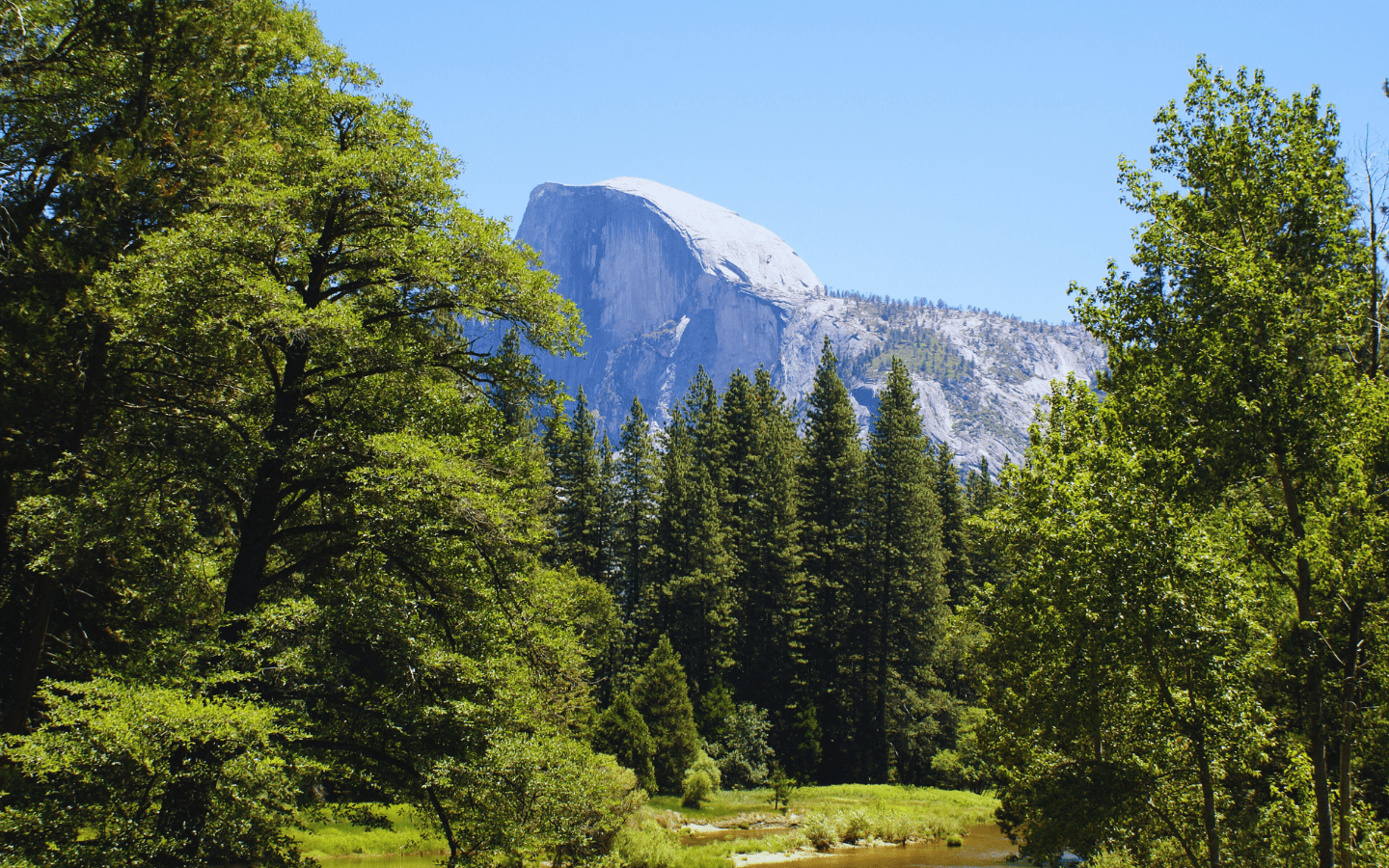Our world is a mosaic of many different environments, each with its unique assemblage of life. These distinct environments, known as biomes, are characterized by their specific climate, vegetation, and animal inhabitants, and they are crucial to the overall Earth’s ecosystem balance. Understanding the concept of biome is significant in appreciating the richness of life on Earth and the need to preserve such natural landscapes.
What is a Biome?
A biome is a broad geographic region of defined climate conditions, plant communities, and animal populations. Biome describes specific biological communities that are adapted to the temperature, precipitation, and seasonal variations within an environment. While ecosystems describe the specific interaction between organisms and their biophysical environment within a given area, biomes are broad, general regions that encompass many ecosystems.
Biomes are typically classified as either terrestrial, meaning land-based, or aquatic, meaning water-based. The major terrestrial biomes are forests, deserts, tundras, grasslands, and savannas. Major freshwater biomes are rivers and lakes, and major marine biomes are oceans and coral reefs.
Major Terrestrial Biomes
Summary Tropical Rainforests: These biomes are located near the equator and are hot and experience heavy rainfall throughout the year. These have been reported to possess very high biodiversity-from plants to animals-compared to any other terrestrial biome. The dense canopy of trees coupled with their rich undergrowth encompasses large numbers of organisms, including insects, birds, and big mammals such as jaguars and orangutans.
Deserts: Deserts are dry and arid biomes with very little rainfall, a very wide temperature range, and fewer plants. In this harsh environment of deserts, too, there exist specially adapted plants and animals like water-storing cacti and camel and reptile animals that can bear extreme heat and scarcity of water.
Tundras are chilly ecosystems devoid of trees, found within both polar areas and at high altitude. These systems have a moderately brief growing season. Principally, there are mosses, lichens, and low-growing shrubs dominated by the plant life present within the tundra biomes. Animals such as caribou, arctic foxes, and snowy owls are adapted to survive in the tundra’s harsh, frigid environment.
Temperate Forests: The temperate forests come in regions where the pattern of seasons has been decided, with moderate temperatures and heavy rainfall. These biomes are dominated by the deciduous trees that shed their leaves during the fall and include oaks, maples, and beeches. These biomes house various kinds of fauna, including deer, bears, and numerous birds species.
Grasslands: Grasslands, also called prairies or savannas, are open regions composed of grasses and some trees. They occur in areas where rainfall is moderate, usually sufficient to support grasses but not enough to support extensive forests. Large grazers such as bison and antelope, and predators such as lions and wolves, can be found in grasslands. Aquatic Biomes
Fresh water biomes include rivers, lakes, ponds, and wetlands. Freshwater biomes are also vital in maintaining both aquatic and terrestrial life due to their provision of homes for fish, amphibians, and several types of plants. These biomes are also crucial in human existence, as they provide drinking water, irrigation, and hydroelectric power.
Marine Biomes: The largest biomes occur on more than 70% of the surface of Earth. These include oceans, coral reefs, and estuaries. From tiny planktons to the largest animals on Earth, whales, marine biomes support an enormous amount of life. Coral reefs are even known as the “rainforests of the sea” regarding their spectacular biodiversity and importance to the health of the ocean ecosystem.
Importance of Biome Equally important, biomes are responsible for ecological balance and sustaining life on Earth. They regulate the Earth’s climate, contribute to the water cycle, and provide habitat for a wide range of species. Each biome plays a certain role in the global ecosystem, and the loss or degradation of any biome can have far-reaching consequences.
For example, tropical rainforests are important in carbon sequestration, hence taking a vital role in mitigating the effects of climatic change. Therefore, deforestation leads to an increase in the amount of carbon dioxide in the atmosphere, promoting global warming. Similarly, in respect to climatic change, the melting of the Arctic tundra is causing the release of methane-a strong greenhouse gas that had been previously locked-into the atmosphere, accelerating climatic change at a very rapid rate.
Threats to Biomes
Human activities threaten biomes all over the world. Major issues that impact biomes include deforestation, pollution, overfishing, and climate change. As human activities alter or destroy biomes, the species that inhabit these biomes, including humans, are in danger of losing their habitats and the ecosystem services with which they provide.
Conservation measures should be put in place in order to protect the biome for the continuity of life for the species that depend on it. This includes creating protected areas, baseline land and water use, and control of the original causes of climate change.
Conclusion
The biome is the basic natural unit of the Earth, with peculiar characteristics and ecological importance. An in-depth understanding of varied ecosystems is of vital significance for the health of our Earth, which is essential to ensure the well-being of all life on Earth. Appreciation of the values of biomes and their adoption for conservation would become imperative to safeguard the future not only of humankind but also of all life inhabiting Earth.







